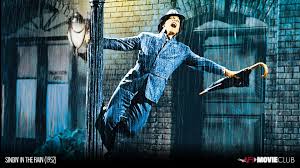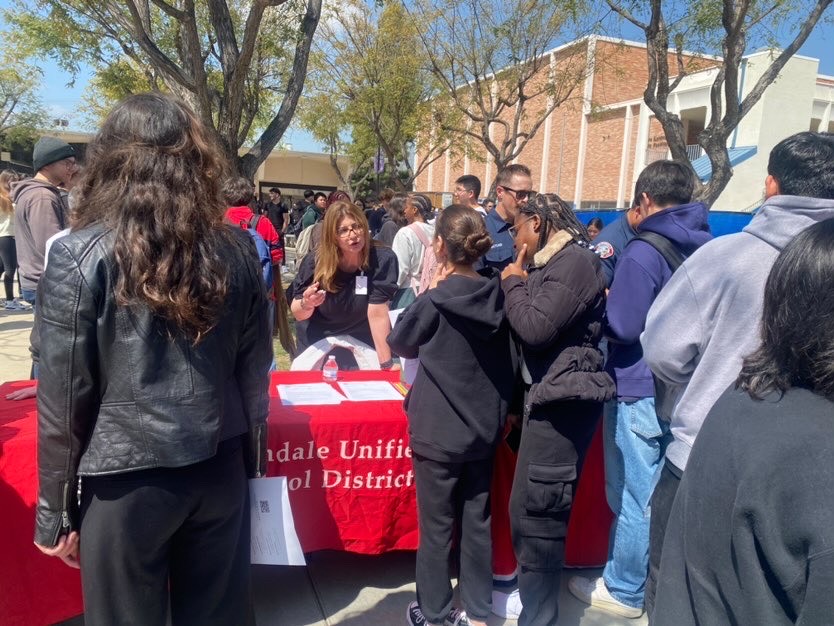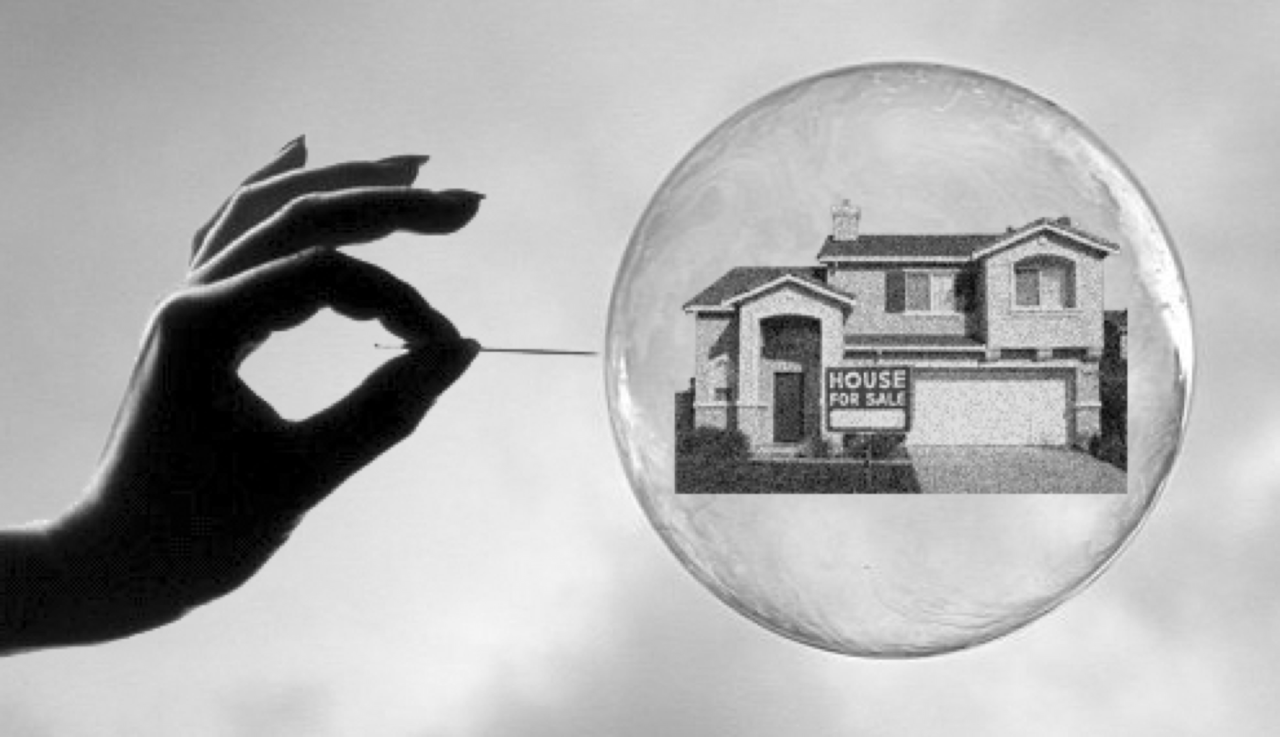By Davit Antonyan

Back in the mid-2000s, a decade defined by the unison of Brangelina, the iPhone, and Harry Potter’s cinematic zenith, there was a subtler but more unforgiving trend on the rise, threatening the United States economy and affecting all of us, in some form or another, in the most unfortunate of ways.
The Unites States Housing Bubble was a gradual and detrimental crisis that began in 2006 and “ended” in 2012. A housing bubble, as defined by Investopedia, is a “run-up in housing prices fueled by demand, speculation and exuberance.” Housing bubbles often begin with an increase in demand of houses, as a result of a limited supply, which then takes a long period of time to “replenish and increase.”
Robert Samuelson, for an article for RealClear Politics, among the plethora of other factors, cites mortgage brokers, excess investments, bad credit standards, and unofficial, undocumented loans as some of the most influential and disastrous factors for the phenomenon.
Many during this time felt that the Housing Bubble was an effect of the Dotcom bubble of the late 20th century. In this bubble, technology companies, motivated by the advent of the World Wide Web—now what we commonly refer to as the Internet—began to take hold of the economy, causing speculators and everyday Americans to bid up their stocks to extremely high prices in a short time period.
Once this bubble burst, the Stock Market started recovering, leading to a surge in the purchase of houses, caused by better loaning agreements, such as adjustable-rate mortgages, with the initial rate being low, and the payback time being long.
When investors saw that house prices had gotten too high, they realized there was too much risk involved in buying houses, and so they stopped doing so altogether. The bubble finally burst, paving ways for other economic disasters, such as the Great Recession of the late 2000s.
Why is this important to you?
Many fear that the United States is in a housing bubble right now. Especially in Southern California, home prices have reached highs never before seen. A few years ago, houses did not go above three or four hundred thousand dollars in central Glendale; now, even a small, one-bedroom house from the 1920s or 30s could cost upwards of five hundred and six hundred thousand dollars, as trends on popular realtor websites such as Zillow and Redfin prove.
As data firm CoreLogic confirms, the median price for houses in Los Angeles County has soared nearly 10% from a year ago, to $575,000, while the Southern California median home price has risen to $505.000. This new median in the county corresponds to a price level never before seen in the area, fueling the apprehension many are feeling about this development.
No one can be sure of whether or not we truly are in a housing bubble. No one can be sure when the Great Recession 2.0 will occur. And most terrifying of all, no one can be sure of how the Bubble will affect us, nor when.














